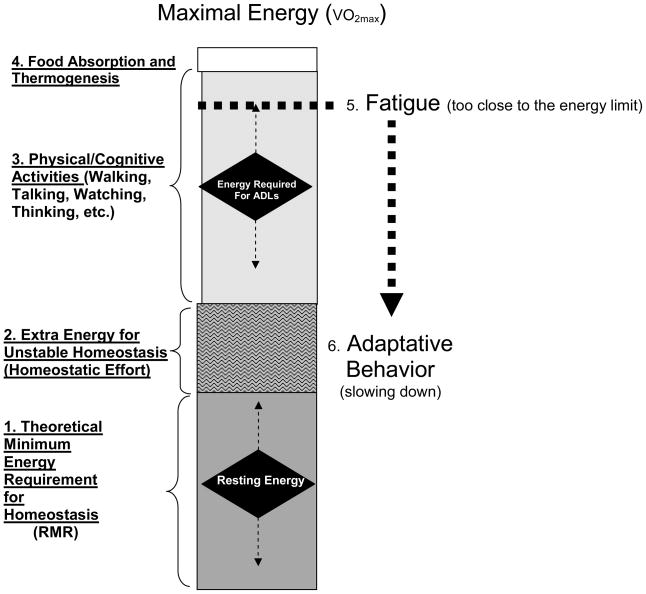Figure 1. An Extended Model of Aging Energetics.
The box represents the total amount of energy available to an individual over 24 hours. The height of the box is determined by an individual’s maximal oxygen consumption (VO2 max), or the maximum amount of energy an individual can expend during physical activity. Total energy availability can be divided into sections which reflect energy utilization. Section (1) represents the theoretical minimal energy required to maintain life, or resting metabolic rate (RMR). Section (2) depicts extra energy required for unstable homeostasis. In older individuals, this may reflect the energy needed to combat multiple comorbidities as the body attempts to heal itself and/or the extra energy needed to perform physical tasks due to reduced biomechanical efficiency. Section (3) represents the energy used for daily activities, ranging from activities of daily living to volitional exercise. Section (4) represents the energy needed to break down food and maintain body temperature. In older adults, declines in maximal oxygen consumption compress the size of the box, resulting in less energy availability overall. Further, more energy is required to maintain homeostasis and perform daily tasks due to reduced metabolic and biomechanical efficiency which results in reduced energy available for “essential” tasks related to independent living and increased feelings of fatigue (5). These feelings represent a signal to the brain that energy resources are limited and that there is a need to slow down (6).

